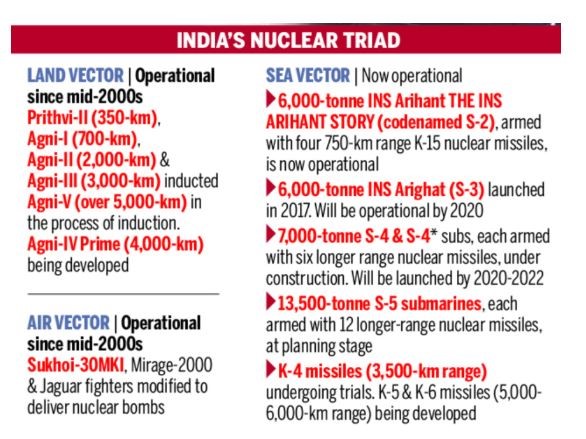900 319 0030
enquiry@shankarias.in
The nuclear ‘chain reaction’ and neighbourhood challenges led India to acquire nuclear weapons.
Homi Jehangir Bhabha was called as the father of India’s nuclear program and he is the founder of Tata Institute of Fundamental Research.
|
Council |
Head |
Function |
|
Political council |
Prime Minister |
It is the sole body which can authorize the use of nuclear weapons |
|
Executive council |
National Security Advisor |
It provides inputs for decision making by the Nuclear Command Authority and executes the directives given to it by the Political Council |

India is a member of the Multilateral Export Control Regime (All 3 groupings) except the Nuclear Suppliers Group.
References